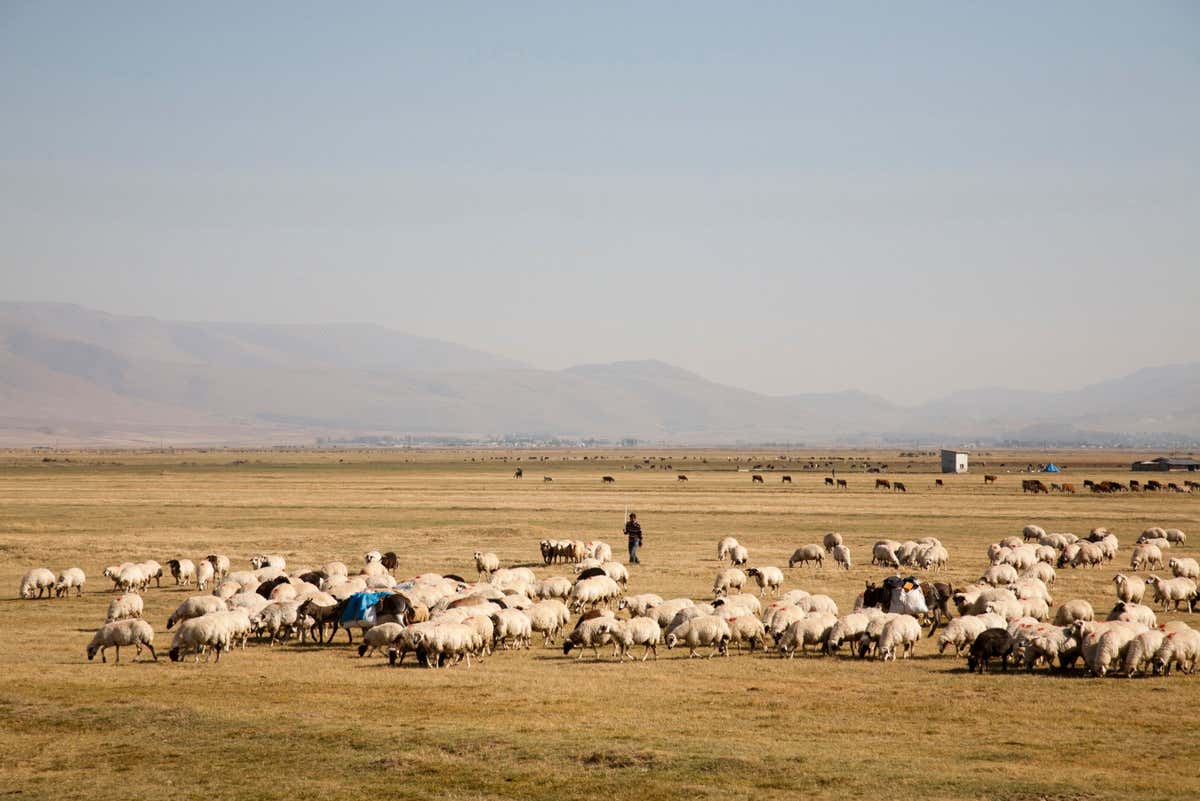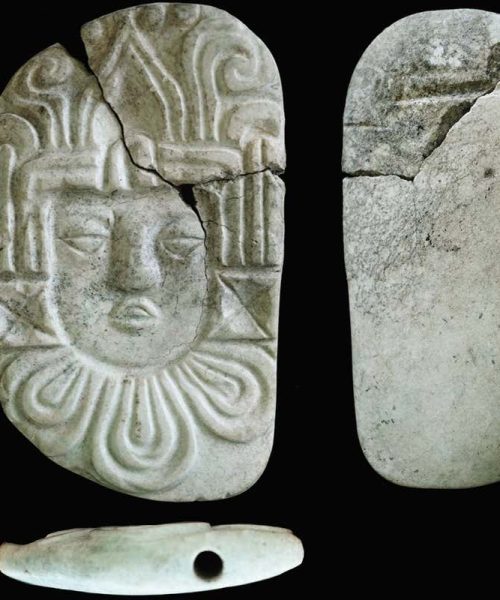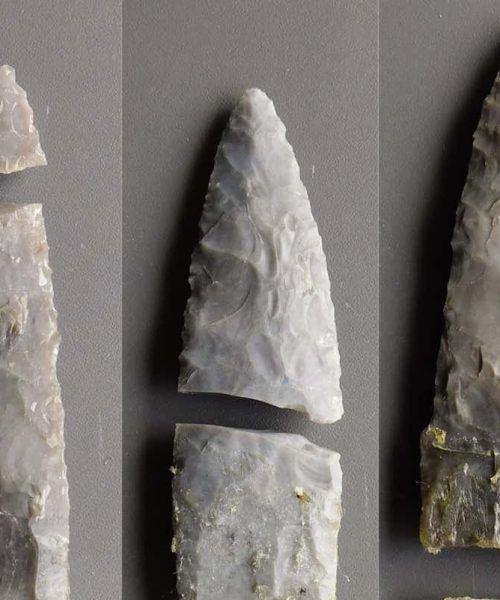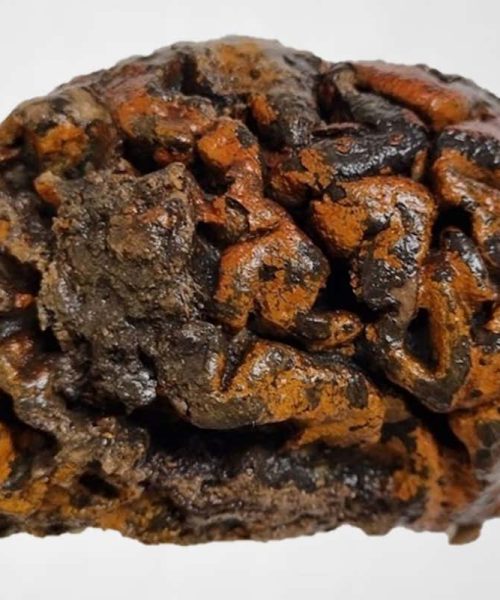
The ancestor of Indo-European languages may have been spoken by farmers in southern Turkey 8000 years ago
Odyssey-Images / Alamy Stock Photo
The common ancestor of Indo-European languages, which are now spoken by close to half the world’s population, was spoken in the eastern Mediterranean around 8000 years ago, according to an analysis of related words.
Indo-European languages, spanning from English to Sanskrit, have long been thought to share a common ancestor. The first linguist to make this link, William Jones, said in a lecture in 1786 that no linguist could examine Greek, Latin and Sanskrit together “without believing them to have sprung” from some common ancestor.
But researchers have struggled to agree on the origin story of this so-called proto-Indo-European language, says Paul Heggarty, who is now at the Pontifical Catholic University of Peru. There are two main hypotheses, he says.
Advertisement
The first suggests that the language originated in the steppe region, north of the Black Sea, no earlier than 6500 years ago and then spread across Europe and parts of Asia with the domestication of horses.
The second, known as the farming theory, argues that the language was spoken far earlier and originated in the north of the Fertile Crescent, in what is now south-east Turkey and north-west Iran, as early as 9500 years ago and spread to other regions with the rise of farming.
To test these hypotheses, Heggarty and his colleagues created a database consisting of 170 words, such as “night” and “fire”, and their translations in 161 Indo-European languages, including 52 non-modern languages, such as ancient Greek.
By analysing shared patterns between the words, the researchers could estimate how related the languages were to each other and try to piece together when one language split into two new languages. “Languages don’t really have a date of birth, but you can see where there’s a split,” says Heggarty. “English is related to German, but these lineages separated from each other around 2000 years ago.”
Using this analysis, the team estimates that the root of all Indo-European languages dates back to around 8100 years ago. There is a good chance it originated in the Fertile Crescent as hypothesised by the farming theory, the researchers report. But while the farming theory suggests a close link between Indo-Iranic languages, such as Hindi, and Balto-Slavic languages, such as Latvian, the study found no clear evidence for this.
Instead, the researchers theorise that Indo-European languages spread in multiple directions from the Fertile Crescent. “One of those directions took it to the steppe, and from there, there was a secondary expansion to Europe,” says Heggarty.
They think this European expansion would have happened about 5000 years ago, as proposed by the steppe hypothesis. It is backed up by ancient DNA data that suggests there was a massive migration into Europe from the steppe region around that time. The team suggests that the Indo-Iranic branch of the language broke off earlier, around 7000 years ago.
This new “hybrid” idea therefore takes aspects of both the steppe and farming hypotheses. “This is the best framework to be working with now, as more research is coming in, especially from ancient DNA,” says Heggarty.
James Clackson at the University of Cambridge says this study is unlikely to be the final word on the origin of the Indo-European language family, but says it is a step in the right direction. “The creation of the open access database [of word meanings] is particularly welcome and I’m very grateful to the authors,” he says.
Topics:





